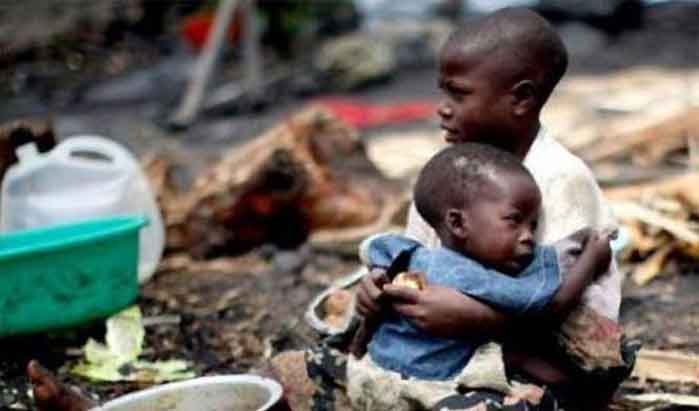
The number of hungry people in West and Central Africa could reach a record high of 48 million next year, which should serve as a final wake-up call for regional governments to act now, three UN agencies said on Thursday.
United Nations.- Over 35 million people, including 6.7 million children, are currently unable to meet their basic food and nutrition needs, according to the latest analysis from the UN Food and Agriculture Organization (FAO), the UN Children's Fund (UNICEF), and the World Food Program (WFP).
The situation is particularly worrying in the Liptako-Gourma tri-border region between Burkina Faso, Mali, and Niger, where 25,500 people will experience catastrophic hunger during the June-August lean season next year.
“The food and nutrition security outlook for 2023 is extremely worrying and this should be the last wake-up call for governments of the region and their partners,” said Chris Nikoi, WFP’s Regional Director for West Africa Region.
Despite factors such as good harvest prospects and favorable local cereal production estimates, food insecurity and malnutrition persist and are spreading from the Sahel toward coastal countries.
The crisis is driven by persistent insecurity, climate shocks, high food prices, the economic fallout from the Covid-19 pandemic, and the impact of the war in Ukraine.
Across Benin, Côte d’Ivoire, Ghana, Guinea, Guinea-Bissau, Liberia, Sierra Leone, and Togo, the analysis reveals a 20% increase in food insecurity in the last quarter of the year compared to the same period in 2021.
The vast Sahel region stretching west to east across the continent is “teetering on the brink of full-blown catastrophe,” according to Robert Guei, FAO’s Subregional Coordinator for West Africa. In most countries, food availability is declining and fertilizer prices are rising.
The UN partners added that acute malnutrition in children under five is a concern, particularly in Sahel countries and in Nigeria. Rates are exceeding the 15 percent emergency threshold in some areas in Senegal, Mauritania, northeastern Nigeria, and Niger.
The global acute malnutrition rate also exceeds 10 percent in many areas around the Lake Chad Basin, encompassing Niger, Nigeria, and Chad, as well as the border areas between Burkina Faso, Mali, and Niger. (PL)





